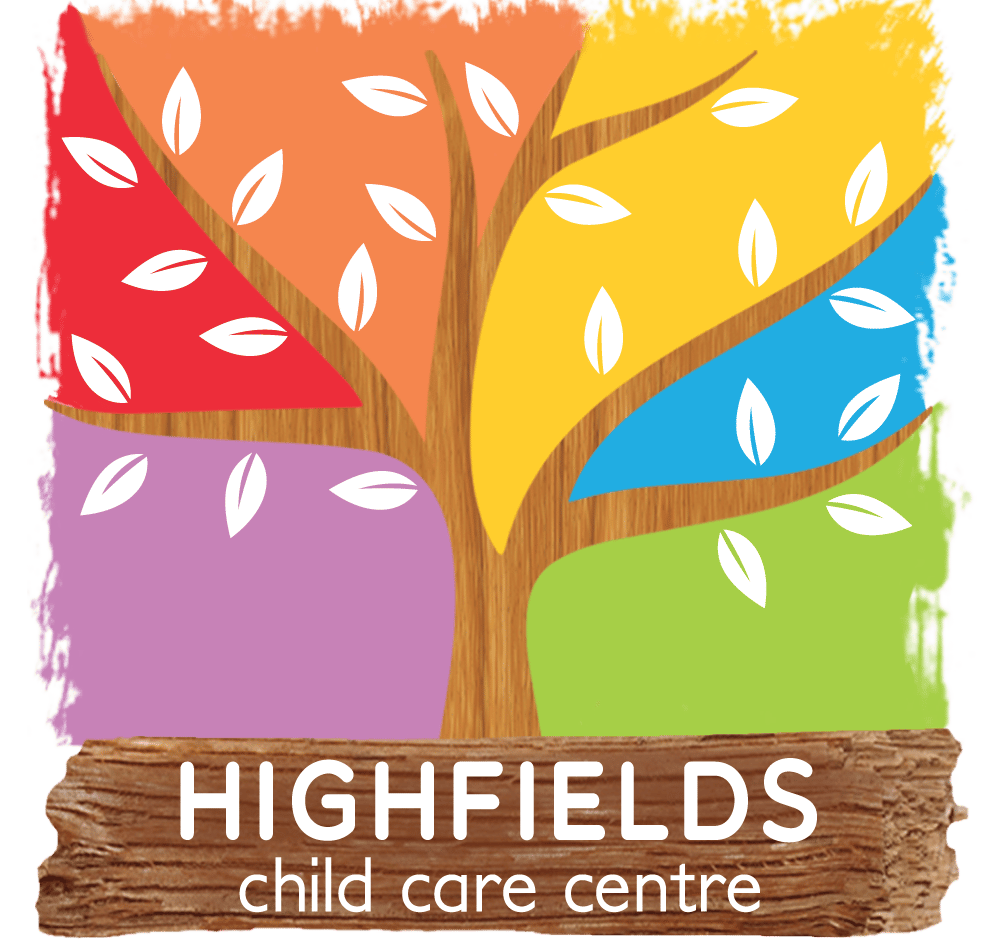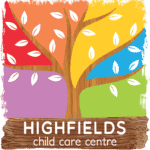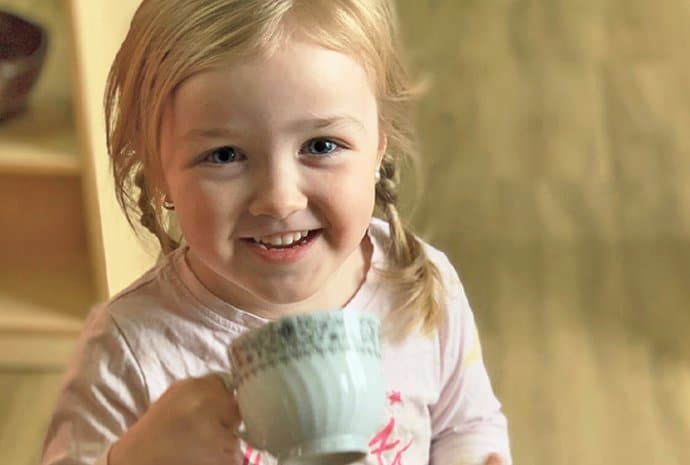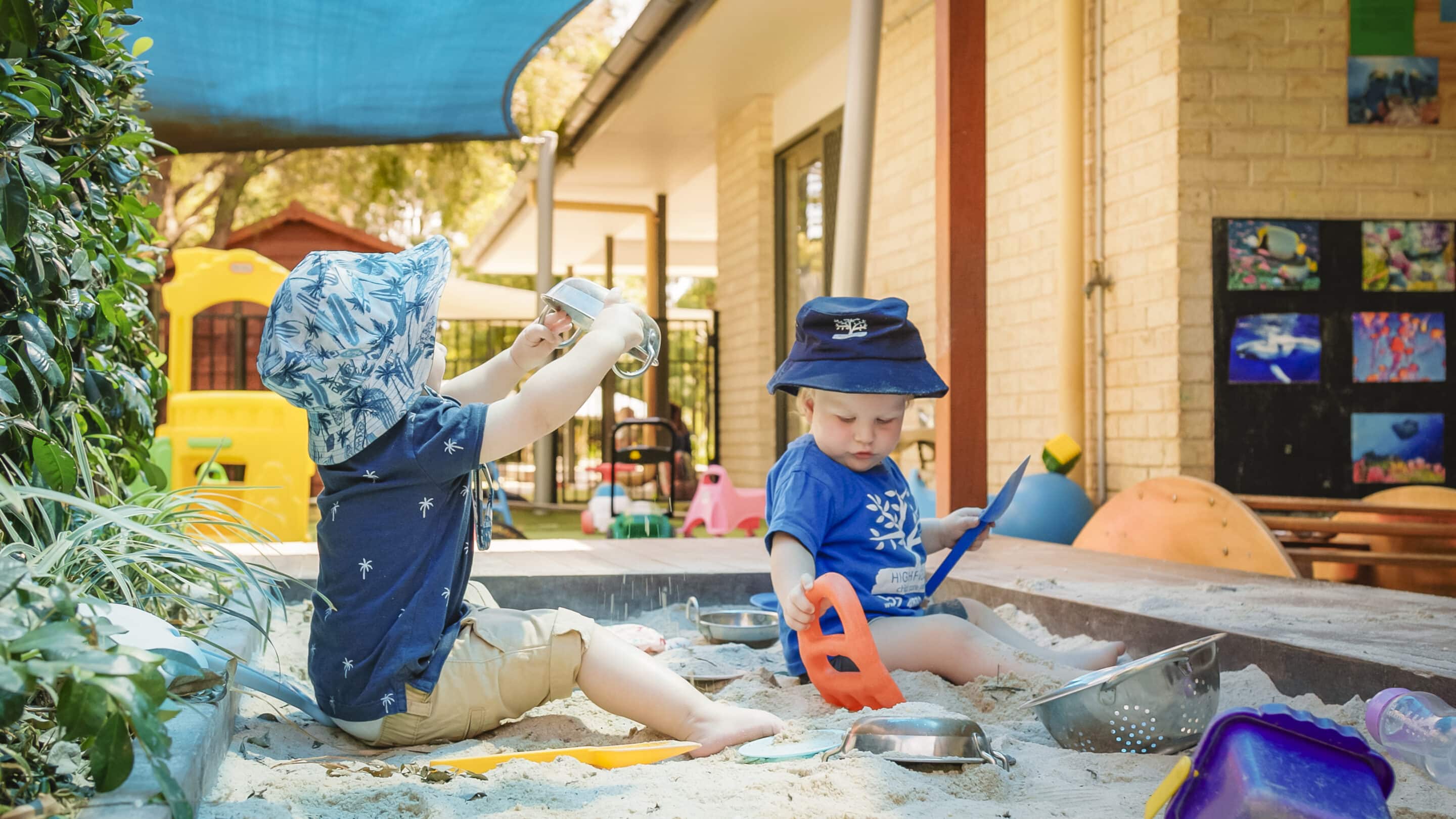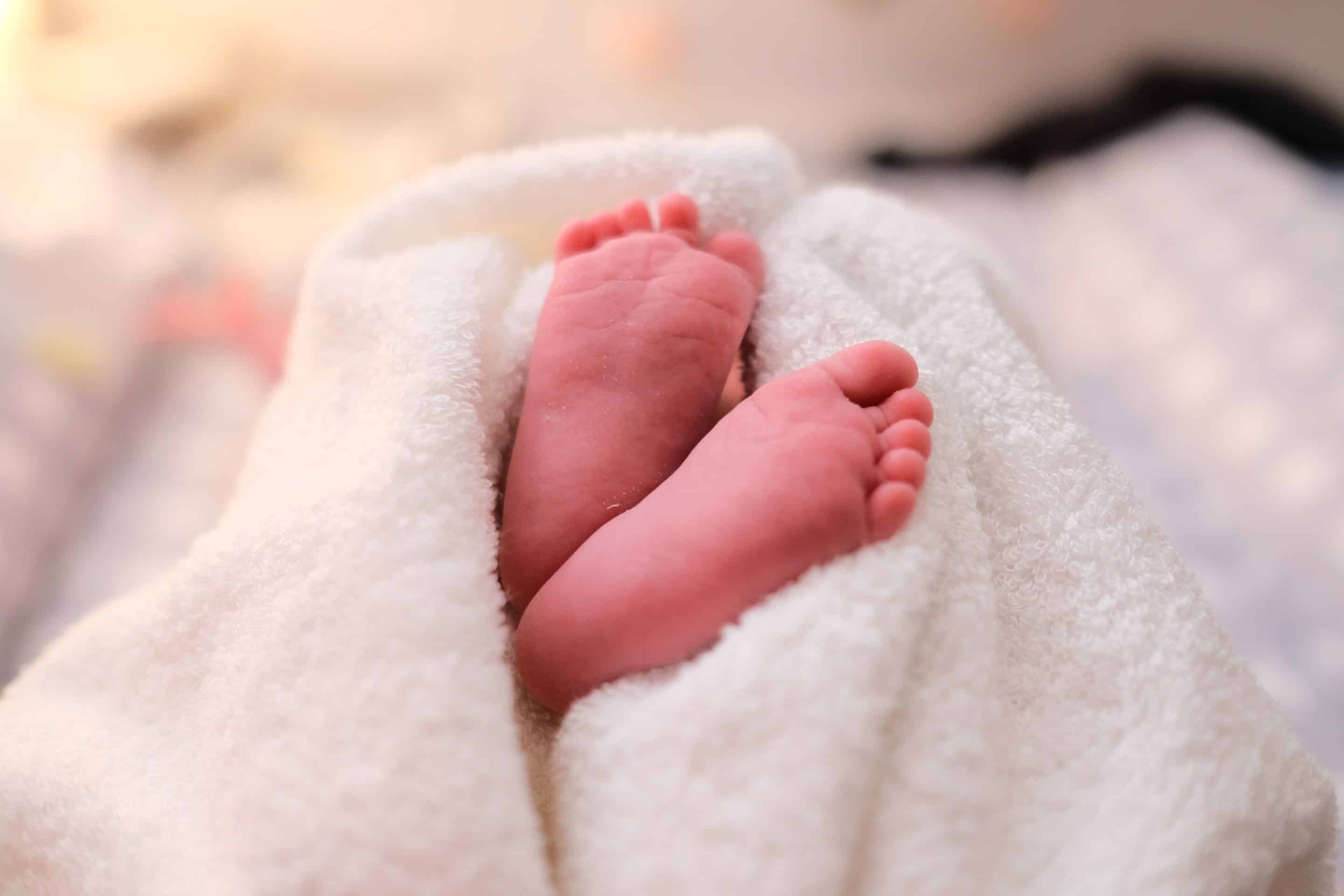Environment Is The Third Teacher
Have you ever thought about the impact the environment has on children? Loris Malaguzzi, founder of the Reggio Emilia approach, believed that a child’s environment is essential in creating meaningful learning. He defined it as the ‘third teacher’, behind parents and educators. This is why all Sanctuary Early Learning Adventure centres are thoughtfully designed, with learning environments filled with natural, sensory-rich materials and authentic resources.
“What children learn does not follow as an automatic result from what is taught, rather, it is in large part due to the children’s own doing, as a consequence of their activities and our resources.” —Loris Malaguzzi, The Hundred Languages of Children
What Are Authentic Resources?
Lyndsey Hellyn and Stephanie Bennett, co-founders of The CuriosityApproach, define authentic resources as “real-life items that… become opportunities for intrigue, play and curiosity”, including “objects or artefacts that no longer serve their purpose within the home”. Forget about manufactured, child-sized plastic gadgets and toy catalogues. Authentic and everyday resources provide far more meaningful experiences of exploration and discovery for children.
Authentic resources are:
- Practical items that children see adults use and would benefit from learning to use themselves
- Open-ended materials that can be used in many ways by children of all ages and capabilities
- A reflection of diversity, by being linked to families’ cultural backgrounds and history
Where To Find Authentic Resources
Authentic resources are everywhere in our daily lives. You can find them in your own home or backyard, the local market or in an op-shop. Some examples include:
- Natural treasures – shells, rocks and stones, branches, feathers, pinecones, flowers, leaves, wool and other natural fibres
- Wooden treasures – bowls, spoons, trays, dishes, boxes, massage rollers, carvings, trinket boxes, chopping boards, plagues, carved wooden balls, curtain rings, coasters, woven mats, wicker baskets, mug trees, jewellery pots
- Metal and ceramic treasures – teapots, milk jugs, sugar bowls, baking trays and tins, muffin trays, sieves/colanders, serving dishes, ladles, potato masher, saucepans, cake racks, eggcups, pans, tea strainer, tongs, whisks, decorative dishes, napkin rings, serving spoons, bangles, jewellery tree stands
What Are The Benefits Of Using Authentic Resources
So why should children explore authentic resources? They provoke a child’s interest, nurture their appreciation, and engage all their senses. In comparison to plastic toys, which typically have a set purpose and limited learning outcome, authentic resources have numerous purposes and provide an opportunity for children to explore a range of textures, sizes, shapes and weights. Supervised play with real-life, breakable items made of glass and ceramic materials gives children the change to learn how to handle items with care and build trust in their own capabilities. Lastly – and importantly – authentic resources are sustainable alternatives to plastic toys, which could contain harmful chemicals or metals, and have an energy-intensive manufacturing process – and they eventually end up in landfill.
